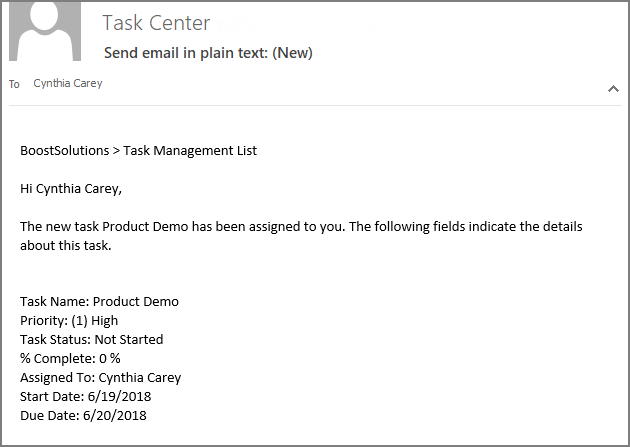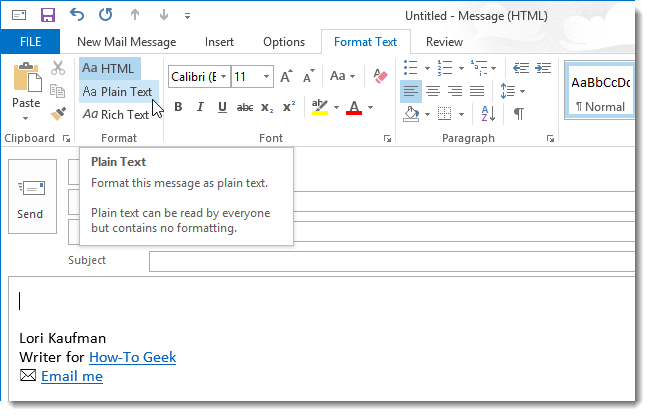

Email, originally, was a platform for 1-to-1 interaction. Today’s average inbox is flooded with more than 100 emails a day, but it wasn’t always that way. A bigger piece has to do with the behavior of recipients and their expectations of email in general. Image tags and HTML-rich templates may be flagged more often, but that may only be a small piece of the puzzle. An email with heavy HTML formatting and several images may be deemed promotional and thus never seen by the subscriber.īut, I believe the cause to be deeper. They believe that the number of HTML elements contribute to whether or not the email is considered spam or promotional. Explaining the lower performance of HTML emailsĪccording to HubSpot, the trend has to do with email clients ever changing filtering systems. But why is this? Afterall, images on social media perform much better than just text posts and are generally considered to be “click magnets”. While there are a few dips and rises, the trend is clear: more images = less conversions. HubSpot reasoned that the change has to do with deliverability, so they went on to do one more test.įor HubSpot’s last test, they compared the click rate of emails based on the number of images within. Again, there was a drop with the more complex email. In one other test, they compared an email with minimal HTML formatting to a heavily formatted template containing images/call to actions. Again, the email with more visual elements performed worse than the email without any graphics or images. In another test, they compared plain text (again a hybrid email, it’s still HTML, just features minimal formatting) with an HTML template that uses images and call to actions. That could be - and if it’s the case, we may see GIFs become more effective in email marketing as email clients adapt to GIFs. HubSpot reasoned that the decrease in open rates could have to do with email clients failing to load the email. After all, they’ve made their way into everything from social media to text messaging, but when it comes to email they decrease open rates by 37%! This one is the most surprising, as many - myself included, believed that GIFs could be powerful tools for promoting engagement in email. They’ve compared hybrid emails (referred to as plain-text) and various types of HTML emails. HubSpot did their own A/B testing and came to some interesting conclusions. We’ll look at how the different emails performed in terms of open rates and clicks. Now we’ll get to the juicy bits, performance comparisons. Luckily it’s easy to send a plain text version alongside the HTML version. Still HTML, so some email clients may not handle it well.Message still appears personal and handwritten.Too many HTML elements may be linked to placement in spam and promotions folders.

Images and graphics may be blocked by default in some email clients.Some email clients and devices don’t handle HTML well (if at all) resulting in a jumble of code.Call to actions can be made more prominent with buttons, fancy formatting, and more.Colors, graphics, and formatting can be used, adding visual appeal and highlighting products.Harder to make call to actions stand out.Significantly decreased ability to track emails sent.Some devices like the apple watch handle plain text better than HTML.The message appears to be more personal, and not automated.All email clients display plain text emails the same, ensuring consistent delivery.Now that we have an understanding of each type of email, let’s take a look at the pros and cons. We’ll call these hybrid emails because even though they are not exactly a plain text email, they do imitate plain text emails. They’ll feature no or very minimal use of graphics and simple text formatting. These emails will actually be HTML, but are designed in a way that they appear to be sent as if coming from a colleague or friend. Now, it’s important to note that many mistakenly call HTML emails with minimal formatting plain text emails. Let’s start by taking a quick look at the differences between plain text emails and HTML emails.The simplest explanation is that an HTML will contain images and colors while a plain text email contains no images, no graphics, and no formatting. HTML vs Plain Text: What’s the Difference? In this blog post, we’ll teach you everything you need to know about plain text and HTML emails, and help you choose the right format for your email. But, there is a right answer, and it’s not quite as clear cut as many would hope. It’s a debate that’s been going on for more than a decade, with many swearing by either side. The Difference Between Plain Text and HTML Emails


 0 kommentar(er)
0 kommentar(er)
